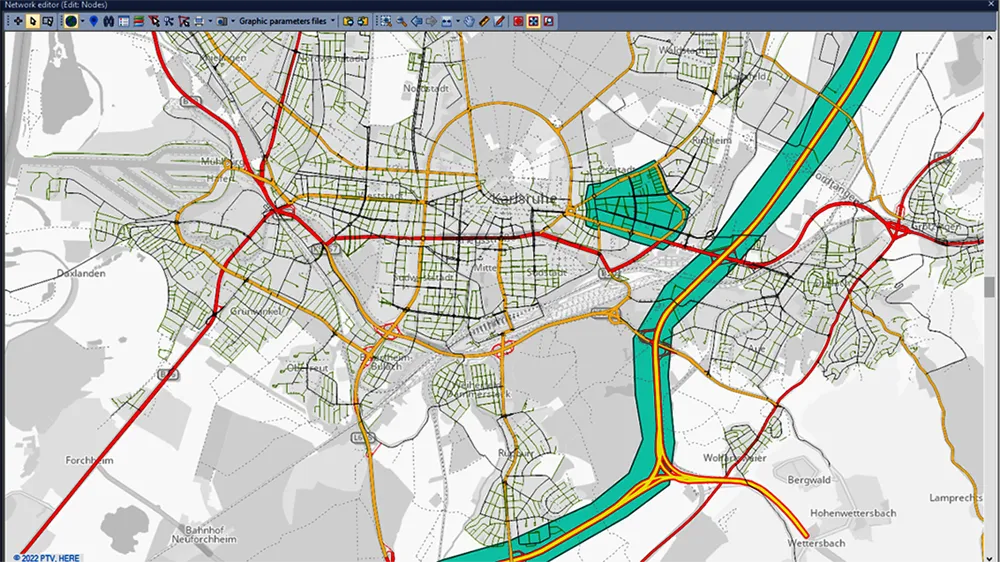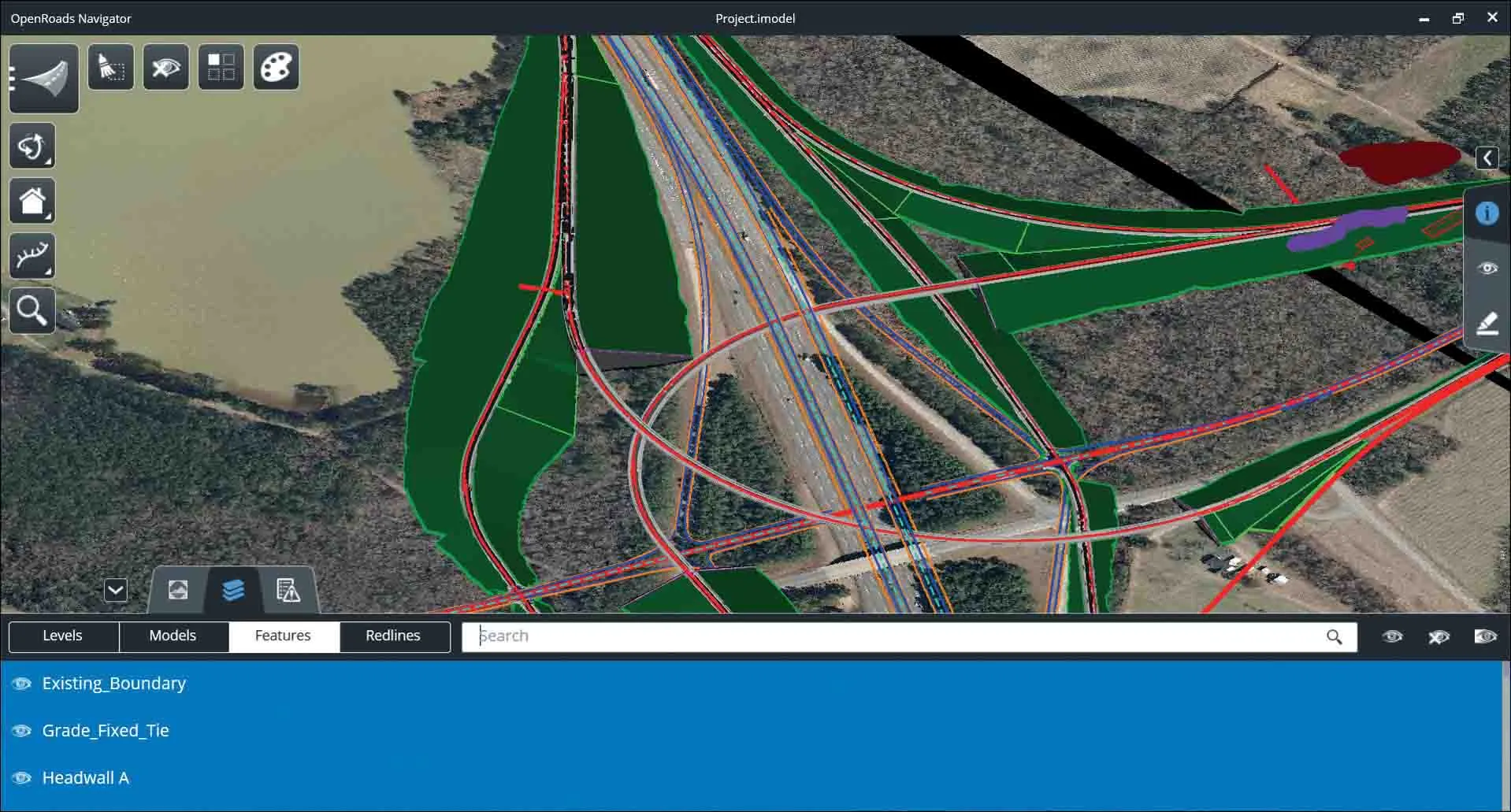
The new version means that users can blend mesoscopic and macroscopic assignments in the same model run, which allows them to evaluate more projects in less time. This is said to leverage the dynamic perspective and high level of detail provided by simulation-based assignments (SBA) for critical parts of the model. Furthermore, the mesoscopic SBA now allows lane level modelling, which unlocks new use cases that were previously only possible in microscopic simulation.
Meanwhile, PTV Visum 2023 brings tight integration with Activity-Sim, the popular open-source package for Activity Based demand Modeling (ABM) and provides a renewed network-wide signal optimisation algorithm. For easier modelling of bicycle traffic, users can now import bicycle networks from OpenStreetMap (OSM). Besides many other improvements, Public Transit analysis gets a boost by extended and drastically accelerated import of e-Ticketing data.
In addition, the visualisation tool PTV Visum Publisher was upgraded for the new release. It provides personalised cloud-based dashboards with illustrative visualisations, by which transportation modellers can share their project stories with anyone. The 2023 edition of the traffic engineering software PTV Vistro improves trip generation by adding ITE TripGen data to the model via ITE’s web-app. Moreover, the improved Universal Traffic Data Format (UTDF) import allows users to quickly integrate layout, lanes, phasing, timing plans and volumes. Thus, users can import data from various traffic models and signal controller systems for future analysis in Vistro, Vissim, or Visum.
The new features of PTV Optima empower traffic operators to better deal with demand changes. Also simulating the impact of traffic deviations and rerouting information in case of temporary road closure has been simplified.








